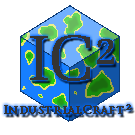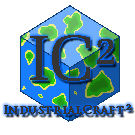That page doesn't list any technique that precisely matches what I'm doing. It's complete removal of all materials in the target area, but there's no intent for the mine to extend to the surface, as they define "strip" and "quarry" mining.
Having a central, large corridor that's obviously different from the rest might help with disorientation. I don't know that precisely measured markers 5 or 10 squares apart will make any difference. I've done the 5/10 marker thing with Terraria, but only in cases where I wanted to know precisely how long a tunnel was, because I needed to bring back X items to line it or I was building a fluid storage tank.

